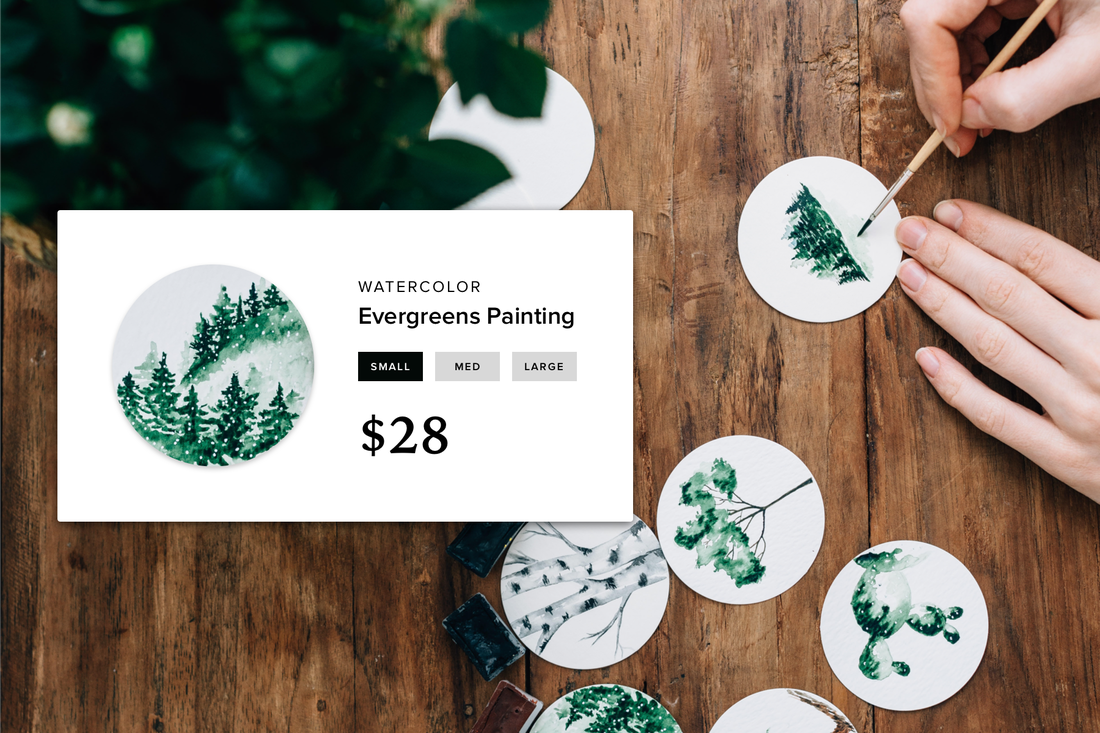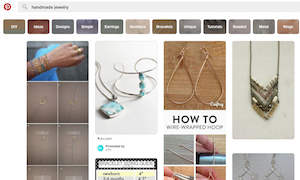You have a small business and website. Great! Now, how do you get customers in the door? Advertising is one way, but publicity is cheaper and arguably more authentic. Here are some DIY tips on how to use PR to broaden your reach and win customers you might otherwise miss.
Rules of Engagement
Let's start with the basics. PR, or Public Relations, is the art of engineered influence. Convince a reporter, fellow blogger, or other distributor of news and content that your story is worthy and they'll tell it for you. The better and more widespread the resulting publicity, the more likely you'll have prospects asking about your product or service.
Consider the story of Whiplash, an Oscar-winning film that has since launched the career of young screenwriter and director Damien Chazelle. Producing and distributing a short -- think of it as a subset of the final feature-length product -- led to honors at the 2013 Sundance Film Festival, which led to buzz, which led to funding, production, and ultimately a trip down the Red Carpet two months ago.
Chazelle's rise to fame isn't atypical, following a three-step process:
1. Target the opinion leaders in your market
Don't try shotgunning your way to publicity. Instead, use precision. Follow and target your story to just a handful of reporters and analysts who are best known for covering your market. Make every pitch personal and tailor your offer to what the reporter has covered recently or plans to cover in the near future. In Chazelle's case, having a short to show to the key influencers made it easier to reach the deep-pocketed producers he needed to get a full-length version of Whiplash made.
How can you make this strategy work for you? Say you're a contractor with a new website advertising your services to the local market. You might add a blog featuring smart, cheap remodeling tips or YouTube videos demonstrating how to perform common repairs. Send the relevant links to local reporters covering the home beat and include a personal note to offer yourself as an expert source for future stories.
2. Concentrate where your customers congregate
What online forums do your customers frequent? What Facebook, LinkedIn, and Google+ groups matter most to them? Make an effort to find out and then participate. Answer questions, offer tips, and establish a friendly presence. Prospects may get curious enough to seek you out. Chazelle could have opted for a cold pitch, mailing copies of the short to hundreds of reporters and Hollywood executives in hopes one would take a look. Instead, by choosing to target Sundance, he got an audience with power brokers eager for a breakthrough idea. Winning them over proved crucial to getting funded.
How can you make this strategy work for you? Returning to the contractor example, you might find new clients visiting the site for the local paper or TV station and offering comment to stories that relate to home improvement. Or, you could answer questions posed by those commenting on YouTube videos similar to yours.
3. Use social media channels to communicate directly
While the authority of news coverage can be a bonus, you needn't wait for the media to hand you customers. Invite prospects to ask you questions on social media and then answer them publicly, in full view of your followers and the rest of the Internet. Do this enough and you may earn a reputation for providing service worth paying for. In Chazelle's case, the buzz that followed Whiplash's entrance into the Oscar race led to a social media blowout whereby fans searched for the short using the #Whiplash hashtag. Studio overseer Sony would later pull down a copy of the short that had appeared on YouTube, choosing instead to direct viewers to the full-length feature available on-demand at iTunes and elsewhere.
How can you make this strategy work for you? A smart contractor might use the search functions on Twitter and Facebook to find home improvement-related questions to answer. Using a curating service such as Scoop.it to help potential clients sort through all the best tips could also help drive relevant traffic, boosting conversions.
The Blockbuster In Your Future
Maybe you don't have a Hollywood film in you. Maybe you're a small business owner selling a good but relatively unknown product. So be it, because the same formula applies. Target your pitch, go where your customers are, and use social media to connect directly. You may not end up with an Oscar, but you can always use the extra profit to invest in your business.
Let's start with the basics. PR, or Public Relations, is the art of engineered influence. Convince a reporter, fellow blogger, or other distributor of news and content that your story is worthy and they'll tell it for you. The better and more widespread the resulting publicity, the more likely you'll have prospects asking about your product or service.
Consider the story of Whiplash, an Oscar-winning film that has since launched the career of young screenwriter and director Damien Chazelle. Producing and distributing a short -- think of it as a subset of the final feature-length product -- led to honors at the 2013 Sundance Film Festival, which led to buzz, which led to funding, production, and ultimately a trip down the Red Carpet two months ago.
Chazelle's rise to fame isn't atypical, following a three-step process:
1. Target the opinion leaders in your market
Don't try shotgunning your way to publicity. Instead, use precision. Follow and target your story to just a handful of reporters and analysts who are best known for covering your market. Make every pitch personal and tailor your offer to what the reporter has covered recently or plans to cover in the near future. In Chazelle's case, having a short to show to the key influencers made it easier to reach the deep-pocketed producers he needed to get a full-length version of Whiplash made.
How can you make this strategy work for you? Say you're a contractor with a new website advertising your services to the local market. You might add a blog featuring smart, cheap remodeling tips or YouTube videos demonstrating how to perform common repairs. Send the relevant links to local reporters covering the home beat and include a personal note to offer yourself as an expert source for future stories.
2. Concentrate where your customers congregate
What online forums do your customers frequent? What Facebook, LinkedIn, and Google+ groups matter most to them? Make an effort to find out and then participate. Answer questions, offer tips, and establish a friendly presence. Prospects may get curious enough to seek you out. Chazelle could have opted for a cold pitch, mailing copies of the short to hundreds of reporters and Hollywood executives in hopes one would take a look. Instead, by choosing to target Sundance, he got an audience with power brokers eager for a breakthrough idea. Winning them over proved crucial to getting funded.
How can you make this strategy work for you? Returning to the contractor example, you might find new clients visiting the site for the local paper or TV station and offering comment to stories that relate to home improvement. Or, you could answer questions posed by those commenting on YouTube videos similar to yours.
3. Use social media channels to communicate directly
While the authority of news coverage can be a bonus, you needn't wait for the media to hand you customers. Invite prospects to ask you questions on social media and then answer them publicly, in full view of your followers and the rest of the Internet. Do this enough and you may earn a reputation for providing service worth paying for. In Chazelle's case, the buzz that followed Whiplash's entrance into the Oscar race led to a social media blowout whereby fans searched for the short using the #Whiplash hashtag. Studio overseer Sony would later pull down a copy of the short that had appeared on YouTube, choosing instead to direct viewers to the full-length feature available on-demand at iTunes and elsewhere.
How can you make this strategy work for you? A smart contractor might use the search functions on Twitter and Facebook to find home improvement-related questions to answer. Using a curating service such as Scoop.it to help potential clients sort through all the best tips could also help drive relevant traffic, boosting conversions.
The Blockbuster In Your Future
Maybe you don't have a Hollywood film in you. Maybe you're a small business owner selling a good but relatively unknown product. So be it, because the same formula applies. Target your pitch, go where your customers are, and use social media to connect directly. You may not end up with an Oscar, but you can always use the extra profit to invest in your business.
 Tim Beyers Tim is a freelance business writer. He writes about the business of innovation, comics and genre entertainment on The Full Bleed.
Tim Beyers Tim is a freelance business writer. He writes about the business of innovation, comics and genre entertainment on The Full Bleed.





